We're so used to the basic machines in factories that we don't think about when and how they got to today's performance. The moving table of the circular saw, for example, is an important aid to accurate, quality cuts, but few know how it came about. When there's room for improvement, there's always someone to think how it can be made easier and better. In this case, it was a German inventor, Wilhelm Altendorf, who, in order to get accurate and quality cuts, devised a system that is now known and used all over the world as the sliding table circular saw.

Altendorf has made many innovations over the years not just the moving table of the circular. They were the first to introduce the motorized parallel guide, but also the first to introduce the motorized adjustment for height lifting and tilting of the blade. They also raised the technological level of circular saws by being able to CNC control the operation of the circular. German quality has remained a constant throughout all these years for all products. As proof of this, there are now more than 150,000 Altendorf circular saws used in workshops and factories for cutting wood, plastic or metal. In Romania, Altendorf has been represented since 2019 by Nika Machinery.
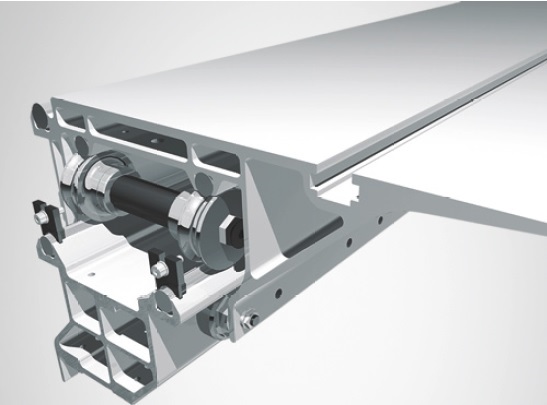
Mobile circular saw table - how it came about
How did it all start? In 1906, Wilhelm Altendorf opened a small factory in Berlin where he made equipment for shops and offices. Berlin was booming and there was demand. But Wilhelm was unhappy with the quality of the cuts made by the factory's wooden circular saw and the fact that he couldn't get a perfect 90° angle. The wood had to be moved by hand to be cut to the desired dimensions, which led to mistakes and irregular cuts. So he came to the idea that the best way to get perfect cuts was to keep the wood stationary, and the solution was a movable table that moved parallel to the cutting blade, carrying the workpiece fixed to it across the face of the blade. Thus, more than 100 years ago, the sliding table circular saw was invented by Altendorf, and the spirit of continuous innovation has been preserved to this day.
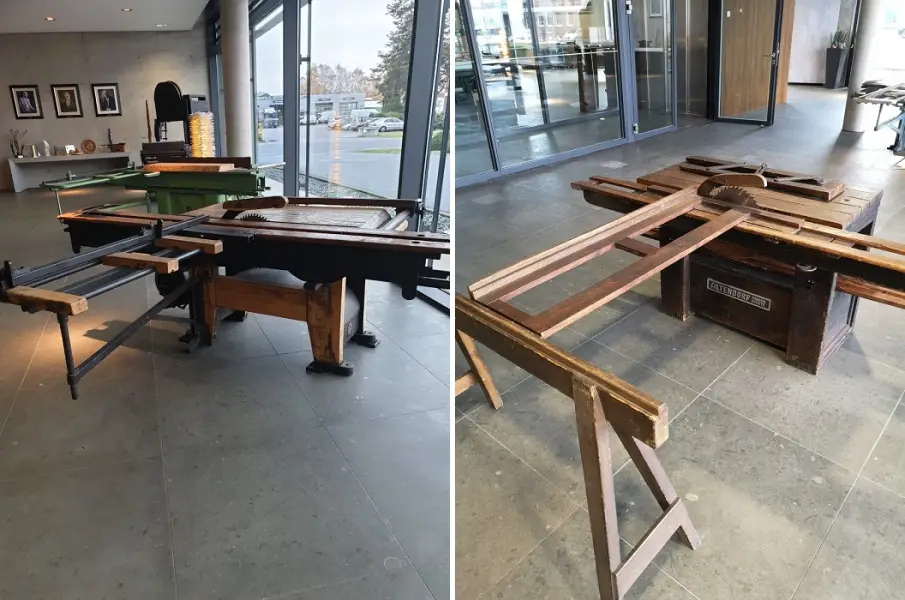
The First World War and the political turmoil of the time resulted in a drastic drop in business in Berlin, which prompted Wilhelm to return home to Minden, where the company's headquarters are still located today. He continued to build and improve various machines and production systems, registering no less than 14 patents between 1920 and 1934. There were none related to the table circular, but in 1934 he returned to the circular again and built the first moving-table circular with a roller-sliding system, now known as the sAltendorf. The simple sliding table system allowed other systems to be mounted on the circular, improving its operation and making the mobile table circular the best-selling machine in the woodworking industry shortly after its launch.
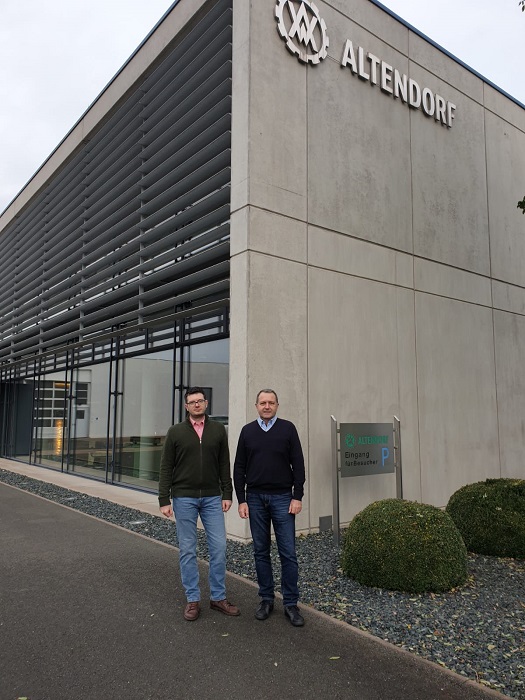
After Wilhelm's death in 1948, the company was taken over by his two sons. Various woodworking machines were produced in the factory at that time, and in the following period the range continued to diversify, increasing the number of models. In 1956, however, in order to increase productivity, the Altendorf brothers decided to stop making the other machines and concentrate on their core strength, the production of moving table circular saws. It was this decision that led to the company perfecting its designs, growing and going global.
What other innovations followed at Altendorf
Following in Wilhelm's footsteps, Altendorf has continued to be an innovator, a trailblazer in the field of moving table circular saws. It was among the first to introduce motorized motion systems on circular saws and among the pioneers of CNC control systems. In 1989, the first motorized parallel guide circular saw - the F45 ELMO (the F45 ELMO is still the name of the top-of-the-range model) - was introduced. Shortly after this premiere, motorized blade height and tilt adjustment was introduced.
In 1999, Altendorf came up with another innovative model - the F45 POSIT. It was the first circular in the world to offer the possibility of interfacing with framing optimization software and 4 motorized axes, including stops on the telescopic front fence.
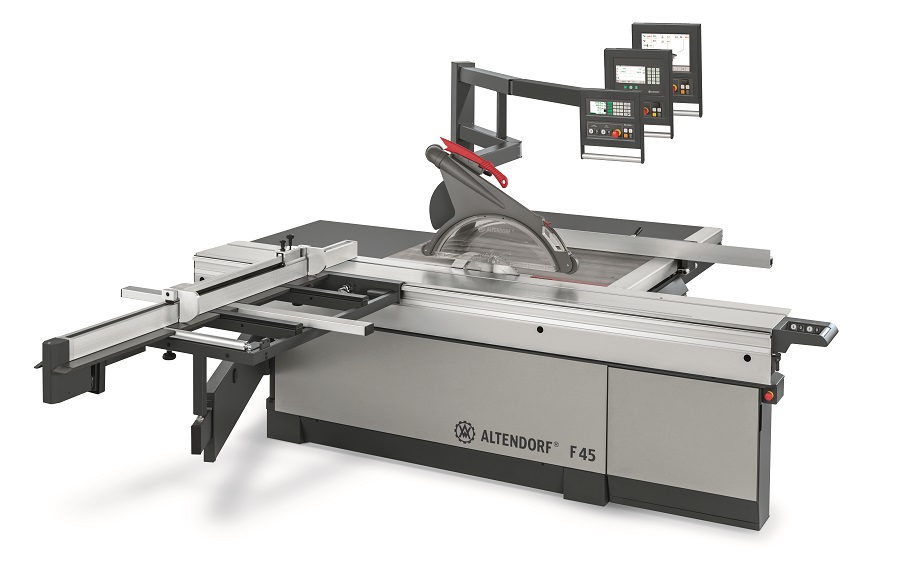
The latest generation of Altendorf circulars
Now, the latest generation of F45 and WA80 models include motorized height and tilt adjustment as standard. The emphasis is on quality and a desire to be the first to equip machines with state-of-the-art high-performance systems. Whether high-tech or more simple models, quality is always the key word.
The production of circulators with movable table over 3 meters is now structured in three product lines. All models have a state-of-the-art tubular frame and a 3-point movable table attachment system:
- WA 8 - standard models that allow workshops to develop quickly and economically:
- Maximum cutting height 130 mm
- Parallel cutting guide opening 1300 mm
- Model with manual adjustment
- The scoring unit has an independent motor with motorized height adjustment and manual side adjustment
- WA 80 - industrial models offering 3-axis automation:
- lifting/lowering cutting unit
- cutting group inclination
- motorized parallel guide
- F 45 - the top of the range, the model where all the technical innovations are available:
- 6-axis CNC control system: raising/lowering of the main circular blade, horizontal, vertical and thickness adjustment of the scoring blade, motorized adjustment of the parallel guide (behind the main blade), motorized adjustment of the 2 stops on the front guide
- Touchscreen control panel
- Cutting unit with double tilt ± 46º
- Mobile table with motorized movement
- Fixed table (behind the sail) with pneumatic flotation system
- Vacuum clamping of the part on the movable table.

In 2018, Altendorf bought the German company Hebrock, a manufacturer of cant applying machines, and is now able to offer a complete package for cutting and capping chipboard, while maintaining the same German quality.
Continuous innovation and focus on a single machine type has led Altendorf to offer high-performance, specialized and reliable systems. It is the qualities of Altendorf circular saws that make those who have worked with them become attached to the brand and want the latest models, especially as company statistics show that the average lifespan of an Altendorf circular saw is around 30 years.
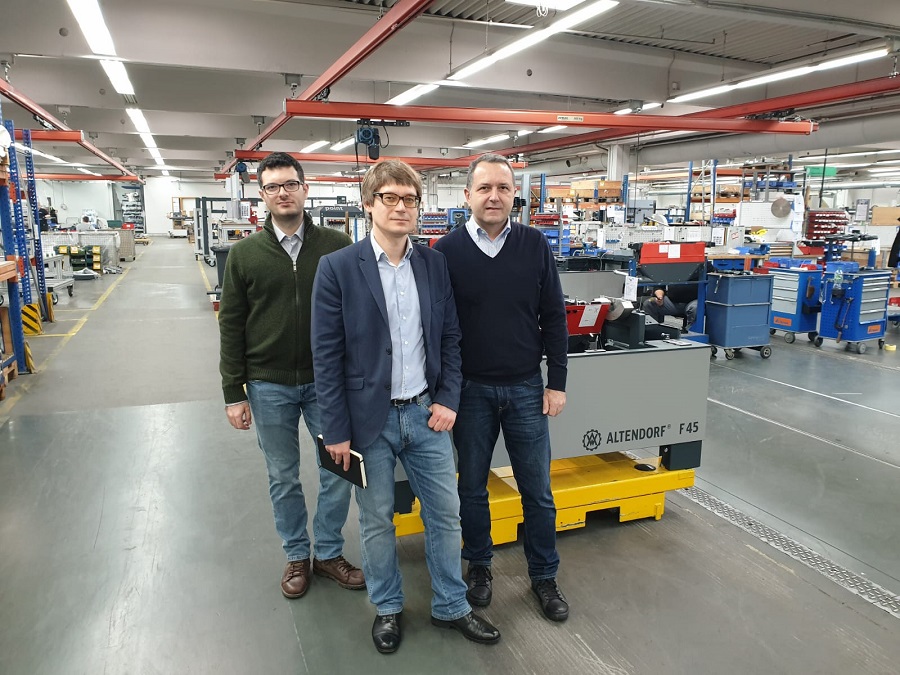
How to choose an industrial circular table, important features and features of circular table, what is important when choosing an industrial circular table, learn from next article.













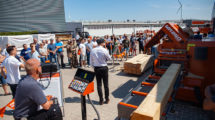
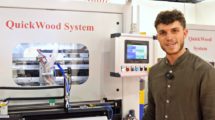





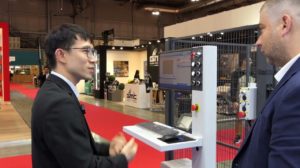


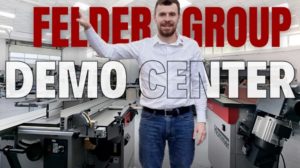

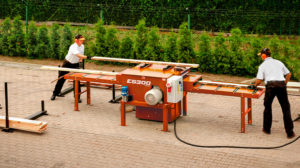

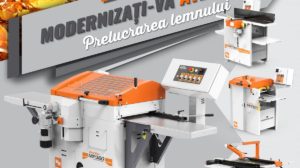

Add comment